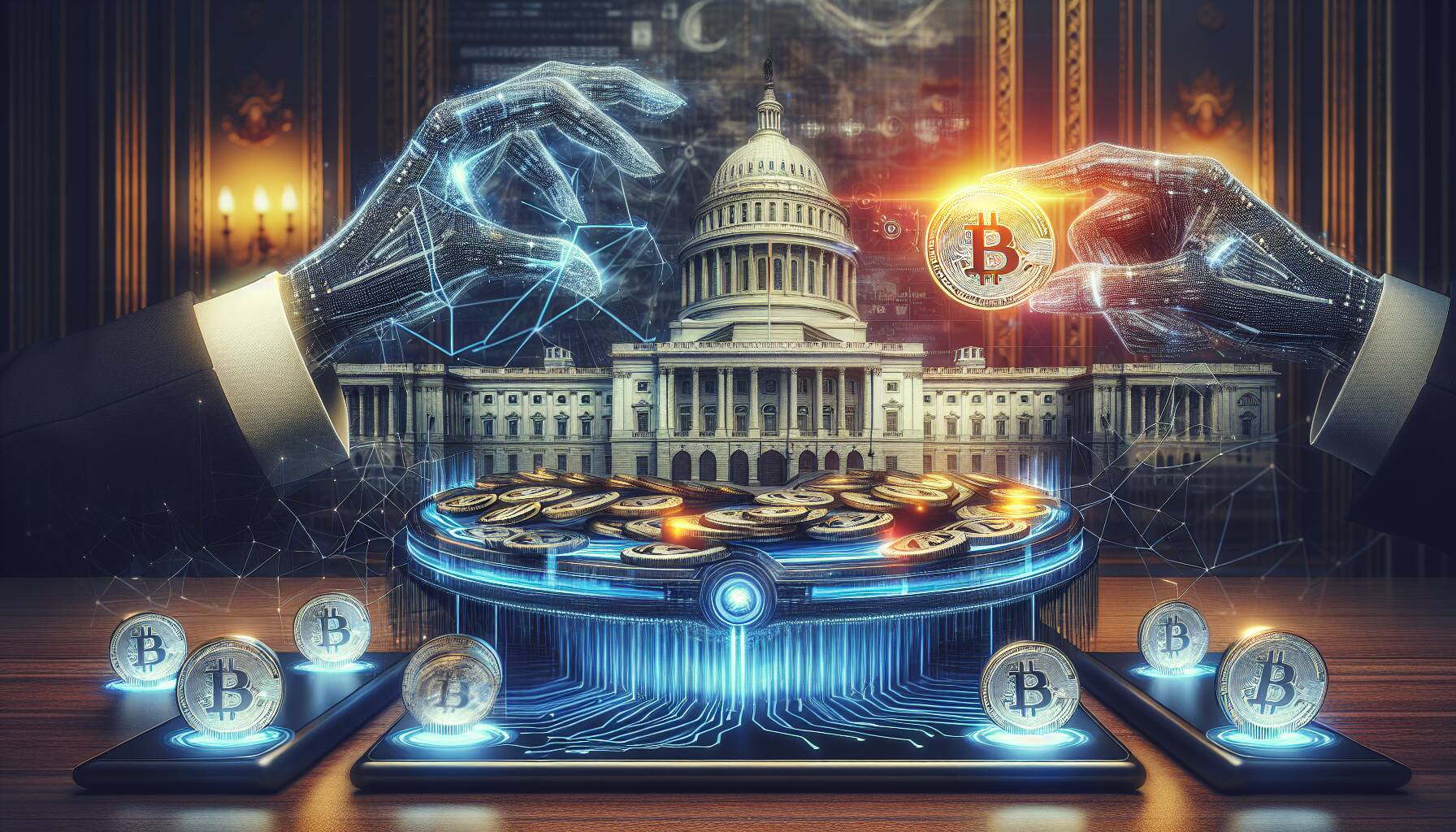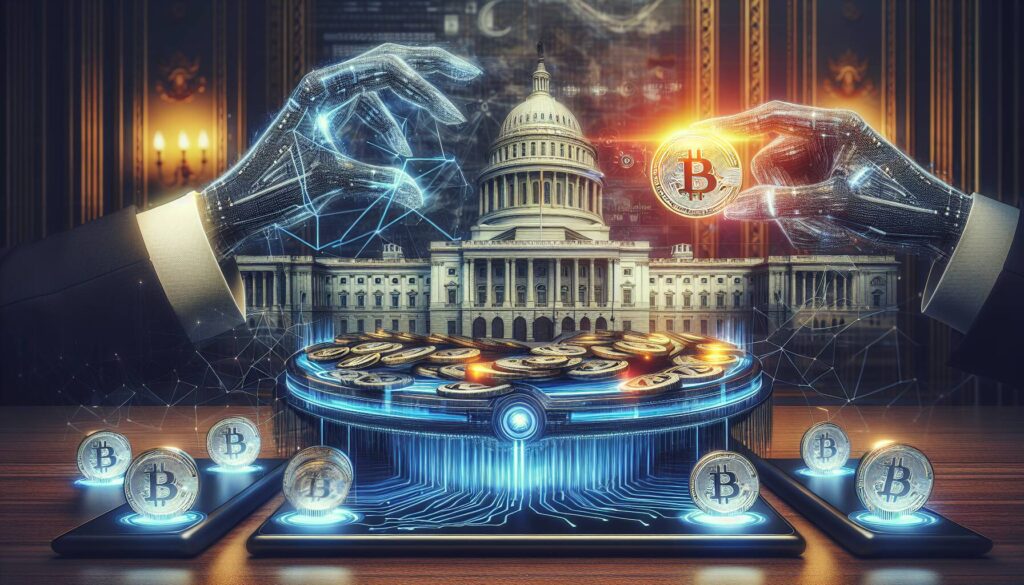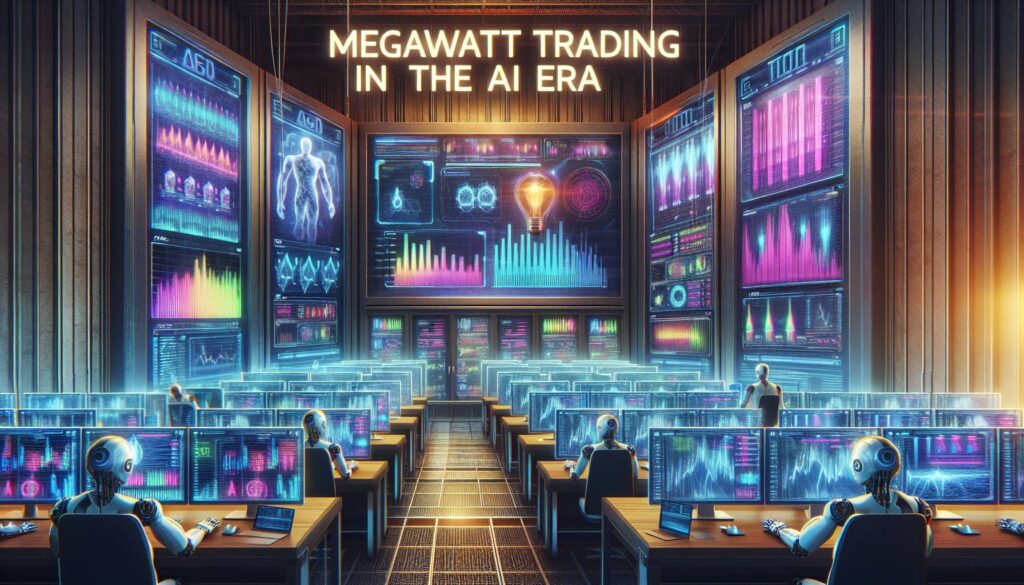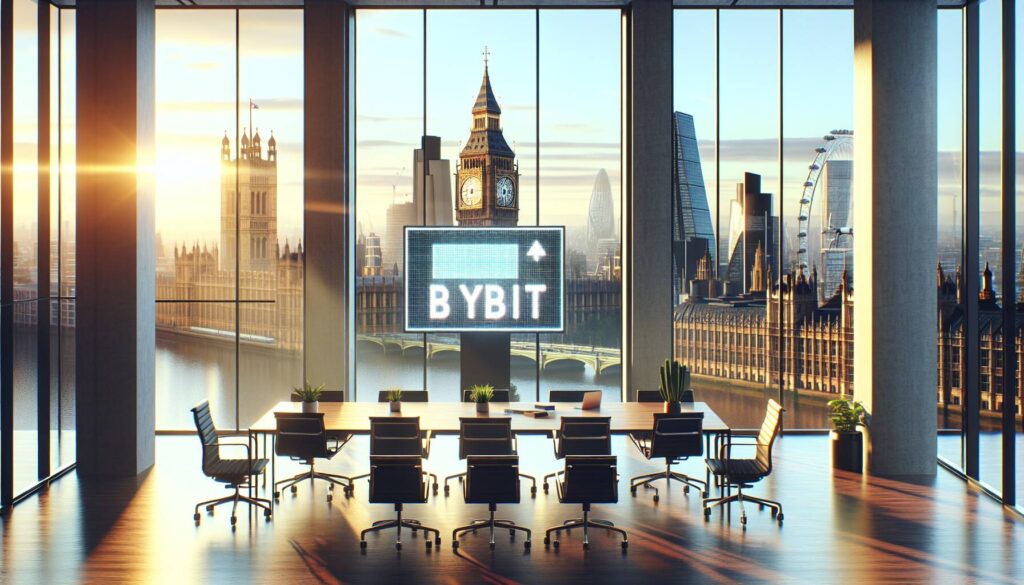The cryptocurrency landscape is buzzing as gaming tokens—once sidelined since the explosive crypto boom of 2021—begin to see a glimmer of hope. Recent data from SoSoValue underscores a sharp contrast: gaming tokens suffered a staggering 62% decline over the past year, while the new star of the show, PayFi tokens, soared with a 174% rise. However, in a surprising turn, the commitment to innovation is spotlighted by Gala Games, which recently emerged as the first crypto gaming company to collaborate with the White House.
Gala Games has introduced a Web3 game called the Easter Egg Hunt, designed to enrich the 2025 Easter Egg Roll with a digital twist. The initiative is seen as an effort to make blockchain technology accessible to families, removing barriers such as the need for complex crypto wallets. Players can engage in a straightforward and enjoyable hunt for virtual eggs, each potentially leading to unique non-fungible tokens (NFTs) stored on GalaChain, their exclusive Layer 1 blockchain.
“We have a team dedicated to government outreach,” Eric Schiermeyer, co-founder of Gala Games, remarked, highlighting the company’s ambition to broaden its outreach and user base.
The response to the Easter event has been impressive, with over 300,000 games played and around 100,000 new accounts created within this new realm. Remarkably, about 17% of participants continued to explore other Gala projects, indicating genuine user interest beyond the initial event.
The industry’s reaction ranges from optimism about the increased visibility for GameFi to concerns regarding the sector’s identity. Jack O’Holleran of SKALE Labs noted the importance of removing barriers in gameplay, while fellow industry expert Mitja Goroshevsky urged caution, suggesting that partnerships alone may not suffice to secure mass adoption unless blockchain games deliver fundamentally new experiences. The commitment to forging deeper ties with mainstream gaming could ultimately be the key to unlocking tremendous potential, paving the way for broader engagement and acceptance of GameFi.

Impact of Gaming Tokens and Blockchain in the Crypto Ecosystem
The current landscape of gaming tokens and their integration into the broader cryptocurrency ecosystem is evolving, with significant implications for users and the industry.
- Decline of Gaming Tokens:
- Gaming tokens witnessed a 62% drop over the last year.
- This performance contrasts sharply with a 174% rise in PayFi tokens.
- The decline highlights challenges faced by the GameFi sector since the 2021 crypto boom.
- Government Partnership:
- Gala Games partnered with the White House for a Web3 game at the 2025 Easter Egg Roll.
- This collaboration marks a significant move towards mainstream recognition of blockchain gaming.
- Such partnerships may foster a more welcoming environment for blockchain technology in everyday life.
- User Engagement:
- Over 300,000 games played and 100,000 new accounts created during the Easter event.
- Approximately 17% of participants explored additional Gala projects, indicating potential for user retention.
- The event’s accessibility, with no need for a crypto wallet, may attract non-crypto users to blockchain gaming.
- Future of GameFi:
- Industry leaders emphasize the need for better visibility and meaningful collaborations with mainstream gaming to drive adoption.
- Gas-free blockchains and seamless onboarding are reducing barriers to entry for new users.
- Mass adoption depends on the gaming industry overcoming its identity crisis—blending gaming with trading without overwhelming players.
- Implications for Readers:
- Understanding these developments could help users make informed decisions about investing or engaging with blockchain gaming.
- As GameFi becomes more user-friendly, readers might explore new gaming experiences that blend entertainment with digital assets.
- The growing acceptance of blockchain in mainstream events may influence how readers view technology’s role in future entertainment.
The Rising Tide of Gaming Tokens: Gala Games and the White House Collaboration
In a time when gaming tokens have largely languished in the shadows, diminished by a staggering 62% fall over the past year, Gala Games has managed to pivot towards new opportunities. Their recent partnership with the White House represents not just a strategic alliance but a potential catalyst for revitalizing interest in the GameFi sector. This move has caused a ripple effect, boosting the GALA token by approximately 18% and helping to invigorate other GameFi tokens as well. Such a significant leap contrasts sharply with the broader downturn seen in gaming tokens, drawing attention to Gala’s proactive approach amidst a challenging landscape.
Competitive Advantages: This unique collaboration could position Gala Games as a pioneering force in bridging traditional gaming with blockchain technology. By facilitating an Easter Egg Hunt that introduces families to Web3 without the barriers typically associated with crypto—like complex wallets and exorbitant gas fees—Gala is democratizing access to blockchain gaming. This strategy harnesses visibility, pulling interest from not only the existing crypto community but also from mainstream users who may be new to the ecosystem. The direct endorsement from a high-profile entity like the White House could also enhance credibility and encourage similar collaborations in the future.
Competitive Disadvantages: However, the partnership hasn’t come without its critics. Skeptics point out that while visibility is crucial, Gala Games and the GameFi industry still face significant hurdles before achieving mass adoption. Many experts argue that the fundamental gaming experience remains unaltered, lacking true innovation that would differentiate blockchain games from traditional ones. As highlighted by industry voices, without introducing captivating new features or experiences, collaborations with government entities may not suffice to shift public perception or drive large-scale adoption.
This situation presents both opportunities and challenges for various stakeholders. Established gamers and crypto enthusiasts may benefit from increased exposure and the potential for new gaming experiences that lie ahead. The fusion of government collaboration with entertainment may appeal to a more diverse audience, prompting interest in Web3 gaming. Conversely, players who are accustomed to traditional gaming paradigms might find this transition overwhelming or confusing due to the current identity crisis within GameFi. As Gala navigates this landscape, its ability to align its offerings with user expectations will be critical.
In conclusion, while Gala Games may have taken a bold step forward with its White House partnership, the road to mainstream acceptance for gaming tokens and the GameFi sector as a whole is still paved with challenges. The delicate balance between gaming and trading, as well as the need for innovative user experiences, will ultimately determine the fate of this burgeoning sector.
















